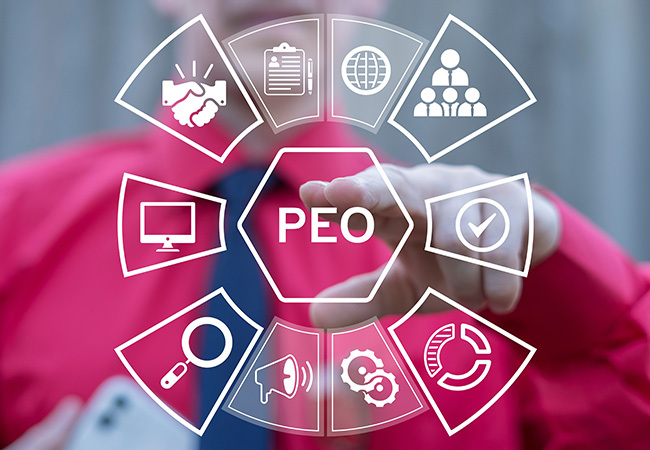If you’re a business owner or manager, payroll is fundamental for keeping track of your employees and how much they need to get paid. It’s a necessary system for ensuring they’re properly compensated for their work.
Despite payroll seeming like a modern luxury, it’s actually been around for thousands of years. The earliest records of payroll stem back to ancient civilizations like Greece, Sumeria, and Egypt, typically recording bartered items or compensation such as food and clothing. Let’s dive into the evolution of payroll processing—what it looked like in the past, how it currently works, and what the future holds.
Looking at Payroll in the Past
Thousands of years ago, ledgers were written on papyrus or etched into stone tablets to keep track of workers and how much grain, food, or clothing they received for their work. Even through the late 1950s, payroll still relied on pen and paper and was done entirely by hand. Manual payroll would remain a common practice until people began using computers in the early 1960s.
By the 1980s, companies specializing in payroll began to step in, which meant businesses could more easily outsource those tasks to professionals. Throughout the early 2000s, emerging payroll software became more refined and even easier to use. As technology has progressed over the last few decades, payroll automation has continued to shift and evolve into what it is today.
How Payroll Works Now
Modern payroll systems are incredibly intuitive and have functions including time tracking, tax withholding, benefits management, and direct deposit. A full-service payroll management system like PEOPayGo is essentially a one-stop shop for all of your payroll, human resources, and workers’ comp needs. You can use the app to onboard new employees, submit hours, and request a payment method change with ease from anywhere in the world.
If you’re looking for a payroll service that offers the flexibility of either running payroll on your own, having it run automatically every week, or having a team of experts run it for you, PEOPayGo is a great solution. With employee self-onboarding and accurate, automated payroll, you can expect a streamlined and hassle-free experience, ultimately saving you time and money in the long run.
What the Future of Payroll Might Be
With the advancements of AI and other software, payroll will continue to become an even more seamless and integrated experience. From saving time for employers to quicker payouts for employees, AI will likely have a massive impact on the way payroll is run.
Additionally, using the cloud for payroll allows employers to access data from anywhere in the world as well as easily expand storage as their company grows. The cloud also allows data to be backed up and software to be updated automatically.
Looking at the past, present, and future of payroll, it’s clear that the evolution of technology has ultimately created more flexibility, ease, and accuracy in terms of what’s in store for payroll processes.




